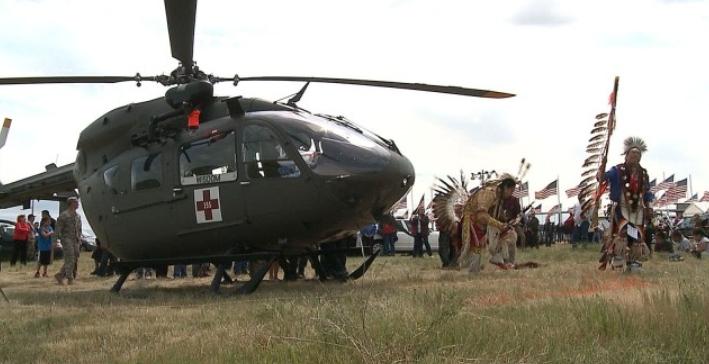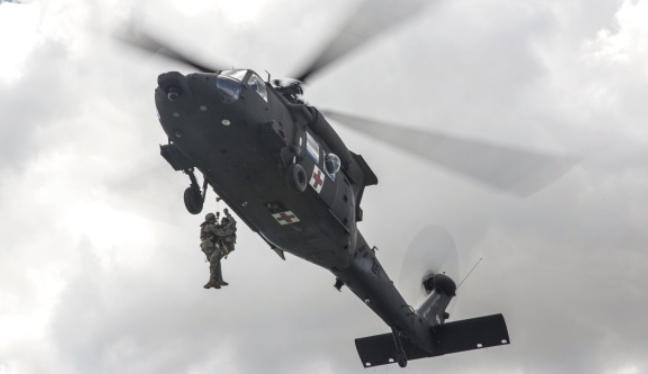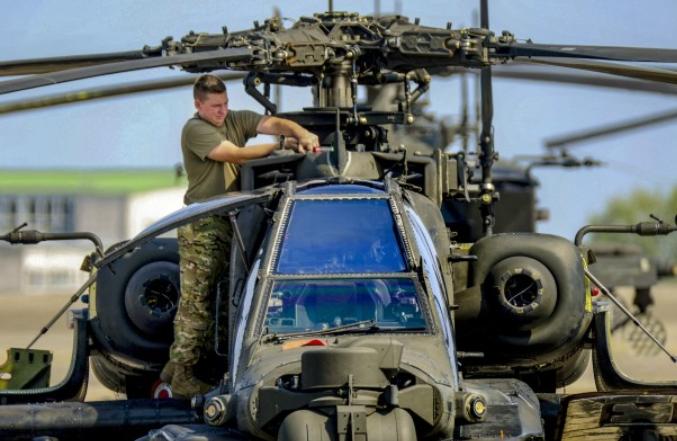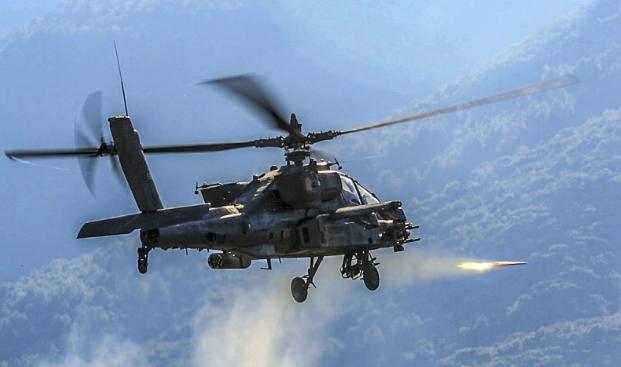The Origins of Native American Names for Army Helicopters

You may have observed a recurring pattern in the names of U.S. Army helicopters, such as Apache, Black Hawk, Chinook, and others. It is worth noting that these significant aircraft are named after Native American tribes or prominent figures. But have you ever wondered why?
The relationship between the U.S. military and Native Americans spans a considerable period. The conflicts between them, often referred to as the American Indian Wars, occurred at various intervals starting from the early European settlement of the U.S. until the early 20th century. However, it is important to recognize that Native Americans also played a significant role as formidable fighters for the United States for over two centuries. In fact, 32 Native Americans have been recipients of the country’s highest military honor, the Medal of Honor.

While it was previously an official regulation, the practice of naming helicopters after Native Americans is no longer mandated. However, the tradition has endured and continues to be upheld.
Here are some recognizable names of the Army’s helicopters:
• Apache: AH-64D/E Attack Helicopter
• Black Hawk: UH/HH-60 Utility Helicopter
• Cheyenne: AH-56 Attack Helicopter
• Comanche: RAH-66 Helicopter
• Lakota: UH-72A Light Utility Helicopter (LUH)
How it all came about:
As per an Army museum official, the tradition of naming helicopters traces back to a time before the Air Force separated from the Army in 1947. During that period, Army Gen. Hamilton Howze was tasked with advancing Army aviation. His mission involved developing doctrine and strategies for utilizing Army aircraft to provide support to ground forces in warfare.
As stated by the museum official, General Hamilton Howze expressed his dissatisfaction with the names “Hoverfly” and “Dragonfly” for the initial helicopters. Consequently, he issued instructions that the helicopters should be named based on their specific capabilities and functions.
Howze noted that due to the helicopters’ speed and agility, they would engage enemy flanks and swiftly withdraw, resembling the tactics employed by Native American tribes during the American Indian Wars. In recognition of this, he designated the subsequent helicopter, the renowned H-13 featured in “M.A.S.H.”, as the Sioux, paying homage to the Native American warriors who battled against Army Soldiers in the Sioux Wars and achieved victory over the 7th Cavalry Regiment at the Battle of Little Bighorn.

The creation of Army Regulation 70-28 in 1969 is believed to be a result of this naming tradition. The regulation established guidelines for assigning popular names to significant equipment within the Army based on specific criteria.
The selection of names had to adhere to the following criteria:
- Evoke imagination while maintaining a sense of dignity.
- Convey an aggressive spirit and confidence in the equipment’s capabilities.
- Reflect the characteristics of the item, such as mobility, agility, flexibility, firepower, and endurance.
- Focus on tactical application rather than the source or method of manufacture.
- If a person’s name was proposed, it should be associated with the aforementioned qualities and criteria.
As per AR 70-28, Army aircraft were designated to be named using “Indian terms and names of American Indian tribes and chiefs.” The Bureau of Indian Affairs provided a list of available names for selection. Other equipment categories followed different naming conventions:
- tanks were to be named after American generals such as Gen. William Tecumseh Sherman,
- infantry weapons would receive names inspired by famous early American pioneers like Daniel Boone and Davy Crockett,
- and assault weapons would be assigned names associated with fearsome reptiles and insects, such as cobra and scorpion.

Although AR 70-28 was eventually revoked and replaced with updated policies that omitted the specific criteria, it is evident that the tradition of naming Army helicopters after Native American tribes and figures has persisted. A notable example is the UH-72A Lakota, the Army’s current primary training helicopter, which was named in 2012 after the Lakota tribe of the Great Sioux Nation, spanning North and South Dakota.
During a traditional ceremony held on the Standing Rock Reservation in North Dakota, Lakota elders performed a sacred blessing on two newly acquired UH-72A Lakota helicopters of the South Dakota Army National Guard on June 10, 2012. Such ceremonies have been a common occurrence throughout the past several decades. So, whenever you think of these helicopters, let their names remind you of the resilience, confidence, agility, endurance, and warrior spirit that they embody!

